With their bright red color, lobster mushrooms are one of the most striking fungi in the woods. Theyre an edible wild mushroom with a subtle shellfish flavor thats easy to identify with no look alikes. Ive been hunting and cooking them for over a decade. I’ll tell you everything you need to know about them in the kitchen and the woods in this post.
Lobster mushrooms are a unique type of edible mushroom that can be found growing wild in many parts of North America. Their bright red-orange coloring makes them stand out in the forest, but it also means they easily pick up dirt and debris. To enjoy lobster mushrooms at their best, you’ll need to properly clean them after harvesting
In this article, I’ll explain how to clean lobster mushrooms using simple techniques. Cleaning these mushrooms takes a bit more time and care compared to other species, but it’s worth the effort. Follow these steps, and you’ll be ready to cook your lobsters into a delicious meal.
Step 1: Harvest Your Lobster Mushrooms
Start by gathering fresh lobster mushrooms. Look for specimens with bright orange-red caps that are free of mold, rot, or insect damage. The mushrooms should be firm to the touch, not mushy or soft. Carefully cut or twist to remove the mushrooms from the base.
Try to handle the lobsters gently to avoid bruising or breaking them. Place harvested mushrooms loosely in a basket box, or paper bag. Don’t pack them too tightly. Get them back home soon and refrigerate until ready to clean.
Step 2: Inspect and Prep the Mushrooms
Lay the lobster mushrooms on a clean work surface and inspect both sides. Look closely for any remaining debris like pine needles, leaves, moss, or dirt trapped in crevices Also check for unwanted guests like slugs, bugs, or worms hiding within the fungi.
If you spot any critters, remove them using tweezers or a small knife. Cut away any visibly damaged, bruised, or rotten sections of the mushroom using a sharp knife.
Step 3: Remove Loose Debris
Use your fingers, a small knife, or toothbrush to lightly brush off any loose debris on the mushroom’s surface. Pay extra attention to the underside of the caps where pine needles and dirt often collect.
Try to be gentle during this step to avoid damaging the tender mushrooms. Work over a pan or colander to catch any falling debris you remove.
Step 4: Rinse the Mushrooms
Place the lobster mushrooms in a colander or strainer. Rinse them under a gentle stream of cool water, turning to expose all sides. This helps wash away finer particles of dirt or debris.
Rinse for 30-60 seconds per mushroom. Avoid rinsing too vigorously or for too long, which can cause the mushrooms to soak up excess water and become soggy.
Step 5: Pat Dry
After rinsing, transfer the lobster mushrooms to a clean kitchen towel. Gently pat them dry, pressing the towel against all surfaces to absorb moisture.
You want the mushrooms damp but not wet or dripping water. Take care when patting caps to avoid crushing or damaging the tender flesh.
Step 6: Detail Cleaning
At this point, your lobster mushrooms should be mostly clean. But you may need to spot clean any remaining stuck-on debris. Dirt and needles often get lodged in cracks or crevices on caps.
Use tweezers, a toothpick, or dull knife to gently scrape and remove stuck debris. Rinse again if needed. Repeat patting dry with a towel after detail cleaning.
Step 7: Trim and Slice
With mushrooms clean, you can now trim away any damaged portions and thinly slice. Using a sharp chef’s knife, carefully slice off 1⁄4-1⁄2” from the bottom stem end, which often remains dirty.
Then slice the lobster mushrooms about 1⁄4” thick so they’ll cook evenly later. Keep an eye out for worms or other surprises when slicing open mushrooms.
Step 8: Refrigerate or Use
Place cleaned, sliced lobster mushrooms in a bowl or storage container. Cover and refrigerate if not using immediately, for up to 3-4 days. Otherwise, you’re ready to cook and enjoy your harvested wild delicacy!
Following these simple steps helps remove dirt while preserving the flavor, texture, and appearance of your foraged mushrooms. With gentle yet thorough cleaning, you’ll be ready to savor the true taste of these lobster-hued fungi.
Some key tips to remember when cleaning lobster mushrooms:
- Work carefully to avoid bruising or crushing the tender mushrooms
- Check caps and undersides closely for debris
- Rinse briefly to remove dirt then pat dry promptly
- Remove stuck debris gently with tweezers or a dull knife
- Trim damaged portions and slice after cleaning
With a bit of time and care taken during cleaning, your lobster mushrooms will be ready to shine in all sorts of savory recipes. Dig in and enjoy the fruits of your foraging efforts!

What Are Lobster Mushrooms?
When the parasitic fungus Hypomyces lactifluorum infects species of Russula or Lactarius mushrooms, they change color, shape, and taste, making these mushrooms.
People have liked them for a long time in Mexico, where they are sold at farmers markets. In the peninsula of Michoacán, they are called “Tromba de Puerco,” which means “pork horn.” Because they are cooked instead of meat and have a vase-like shape, the name comes from that. Theyre usually boiled, then fried with tomatoes and onion, eaten with tortillas.

The Lobster Mushroom Taste
Fresh mushrooms have a very mild flavor and aroma of shellfish or crustaceans which intensifies when dried. Highlight the shellfish taste by using dried lobster powder.
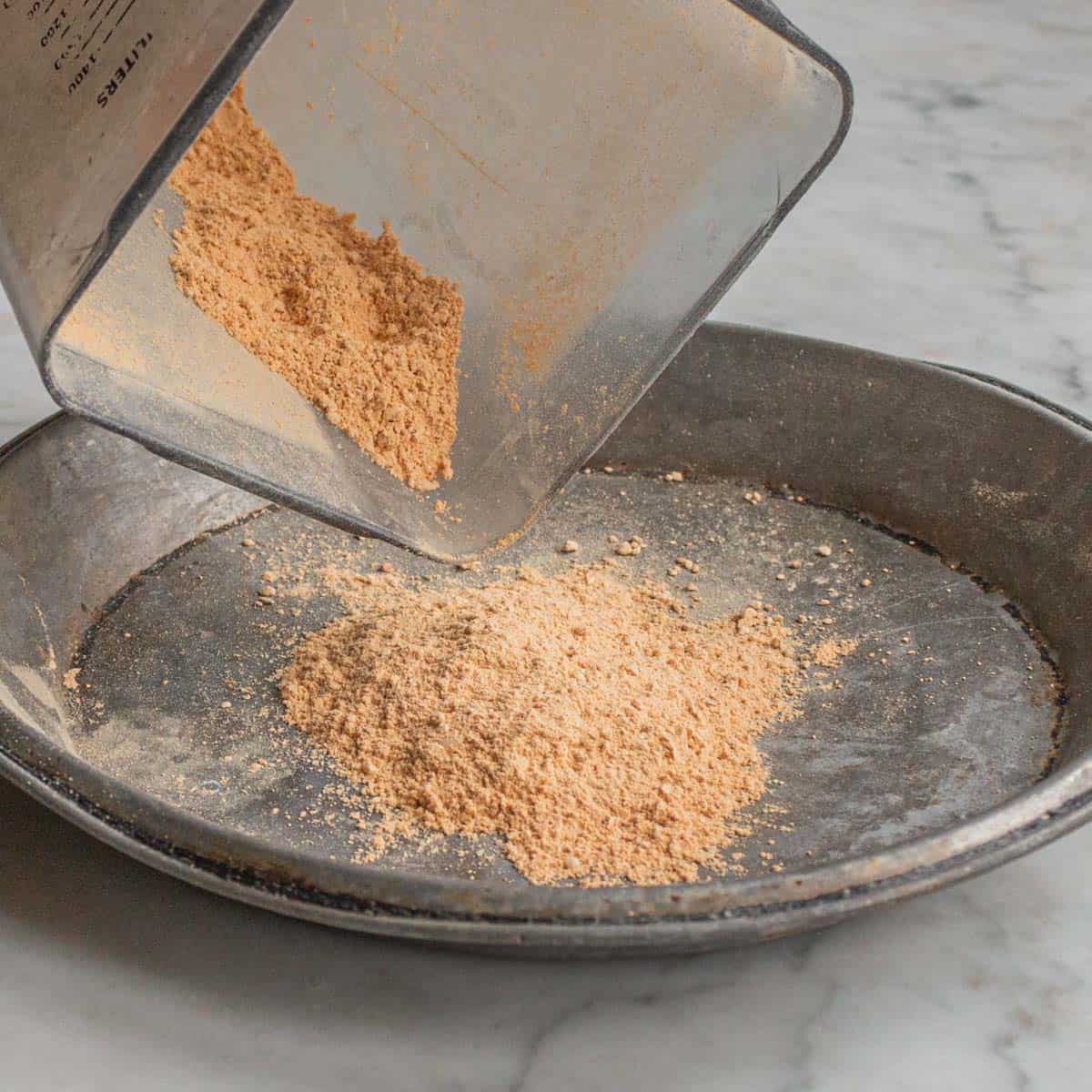
I consider these a choice mushroom due to their size and texture. The only drawback is they lack flavor compared to other mushrooms like chanterelles. Enjoy their meaty texture in heavily seasoned dishes where they can blend into the background, like a curry.

To get a feel for their taste, cut them up into big chunks or slices and sauté them in olive oil the first time you try them. Then get creative.
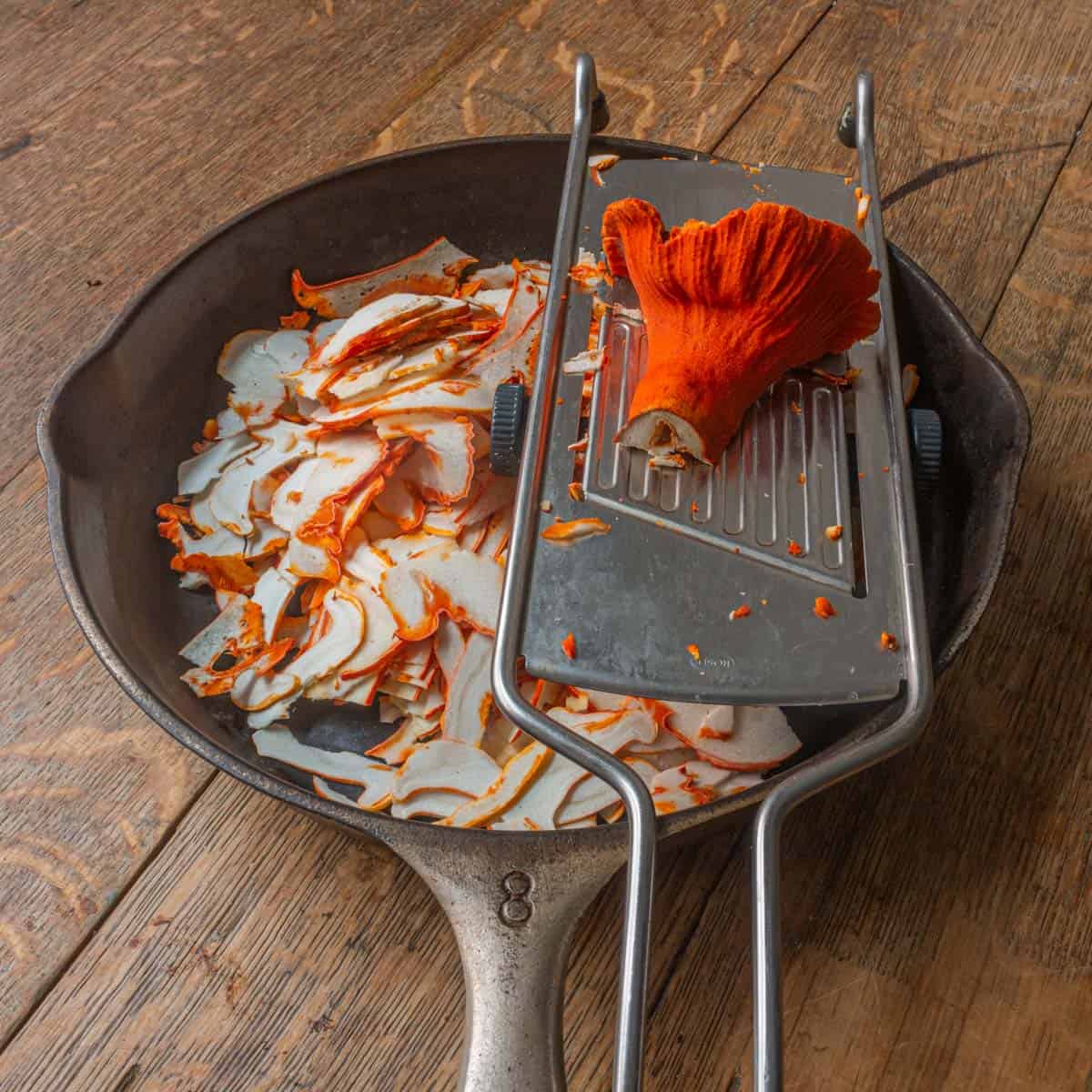
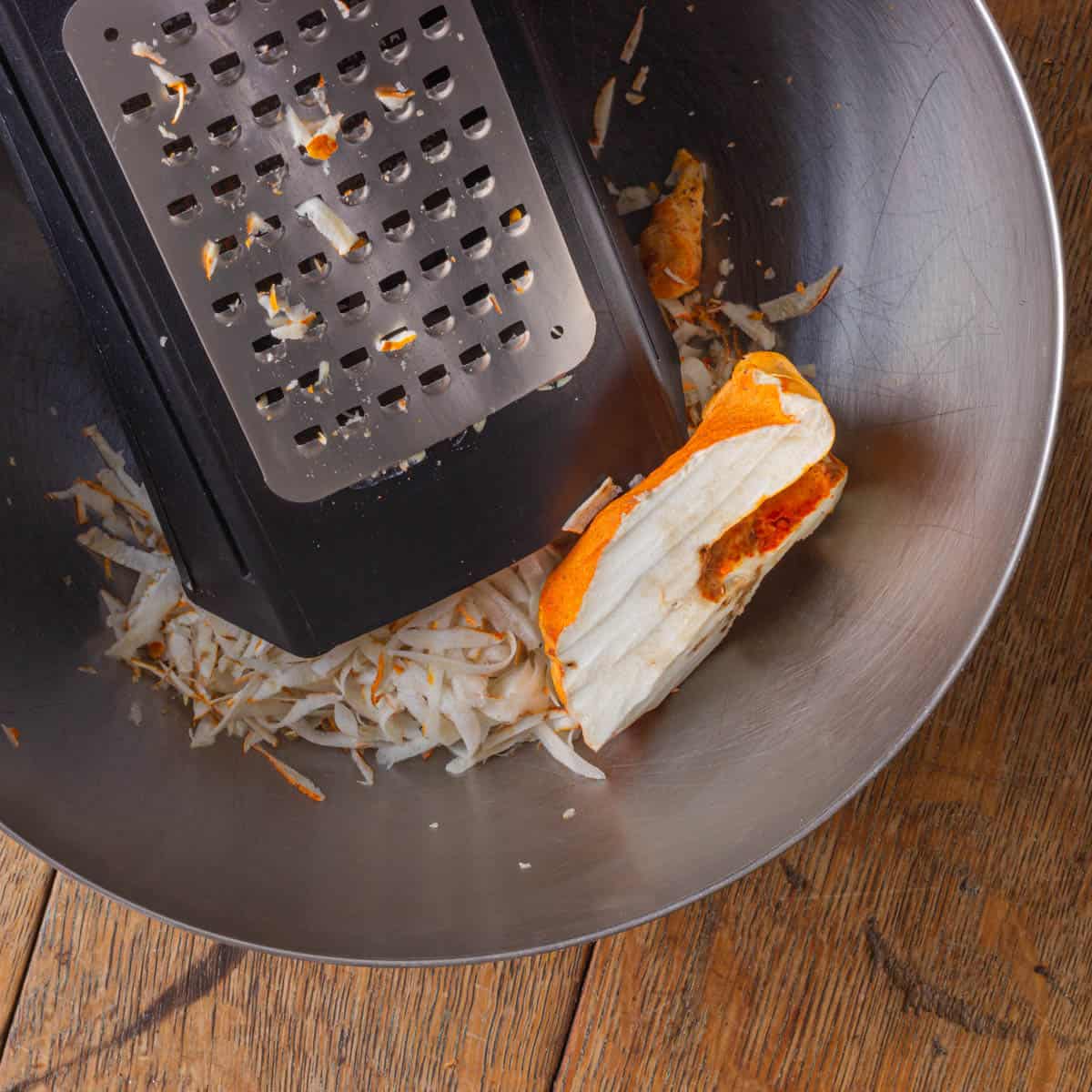
One of the best parts of the mushroom is their firm texture. They are so solid that you can grate them like potatoes and use them to make mushroom cakes like potato latkes or a terrine that is pressed like the ones below.
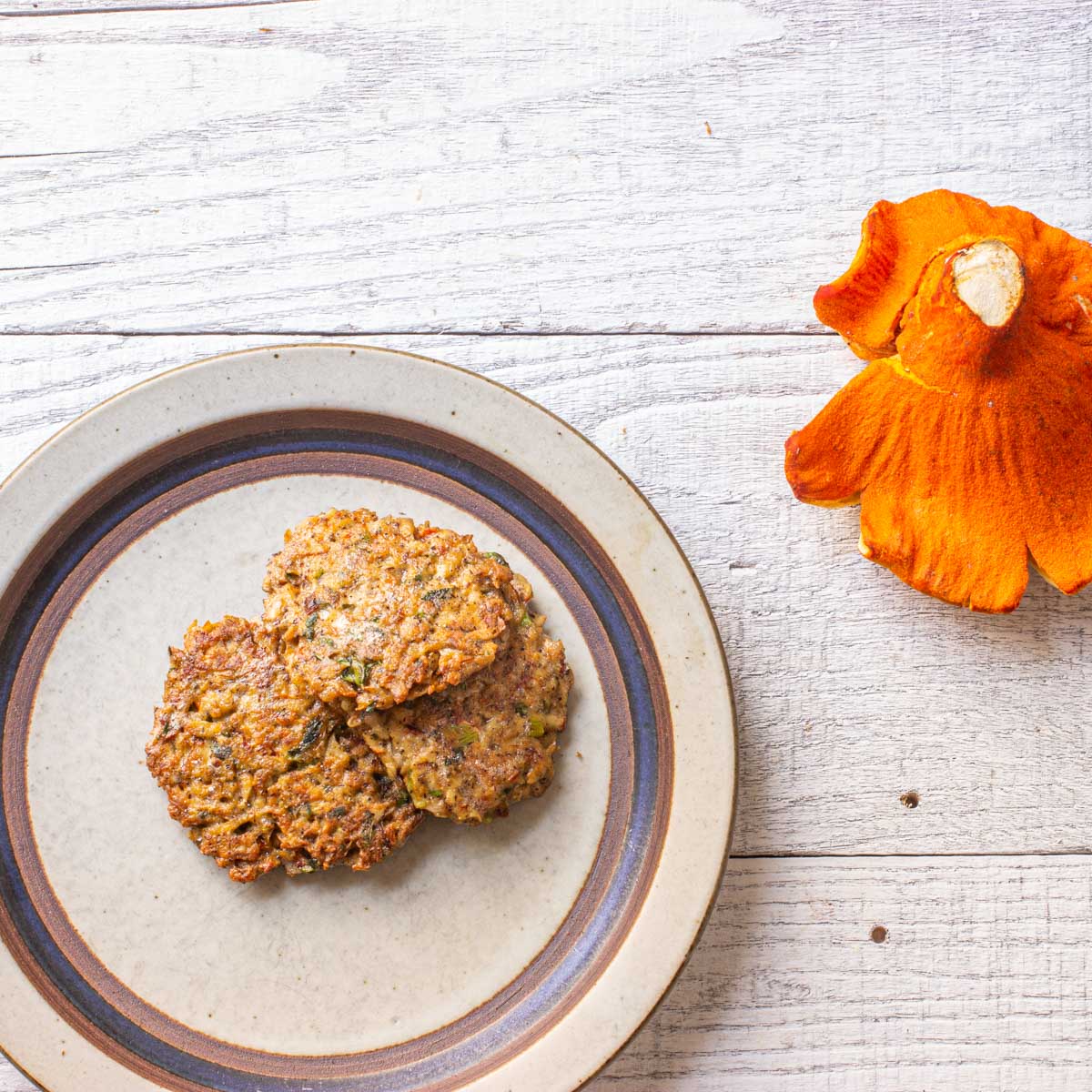
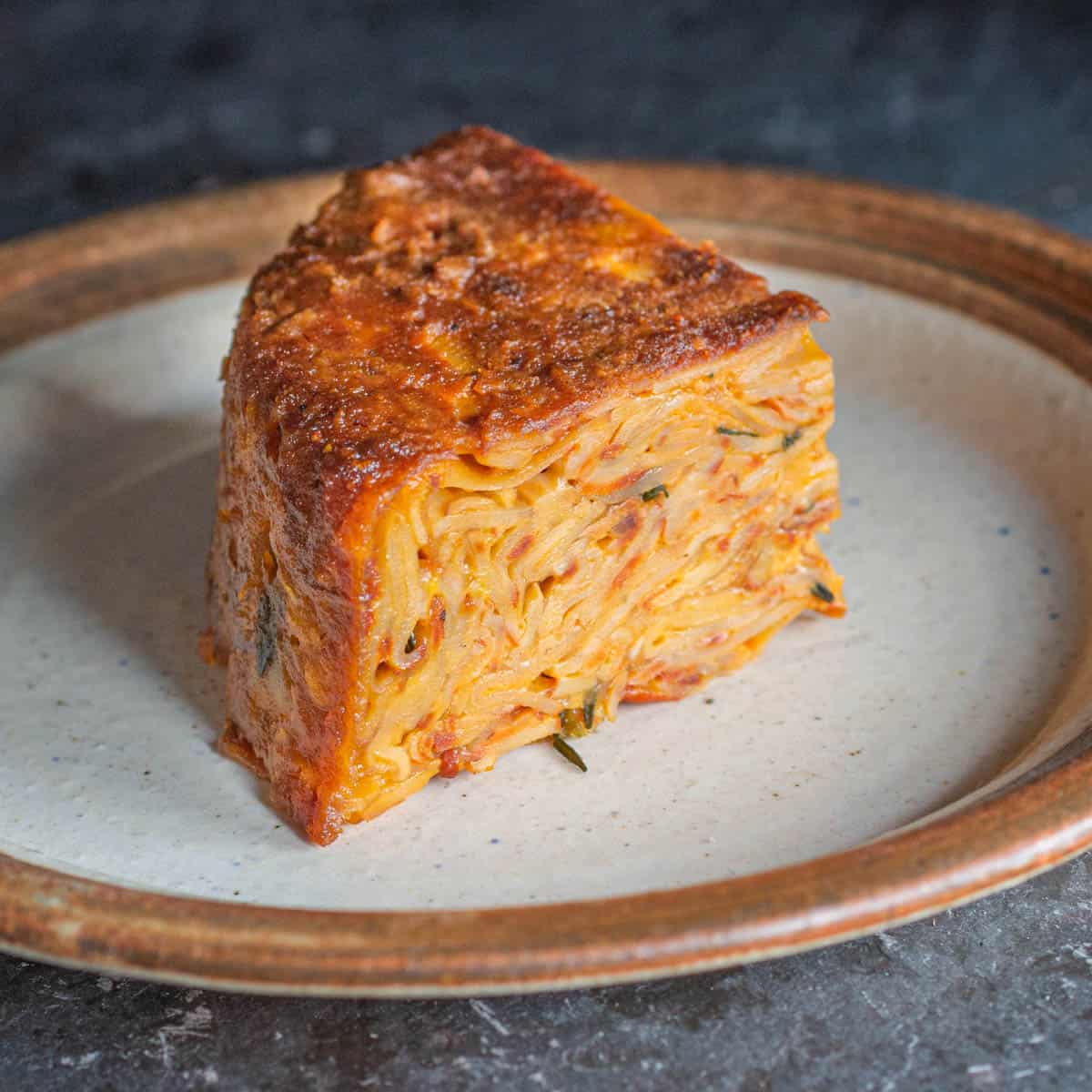
Cooking Tips
- Dried lobsters can become bitter if used in excess.
- These are great for fresh mushroom duxelles.
- Butter, oil, or cream turn a bright orange color when they touch the bright orange-red coating.
- Because lobsters don’t taste very strong, try cooking them like potatoes or mixing them with other mushrooms.
- If you have cooked mushrooms left over, eat them within two days and make sure to reheat them.
- Because of their size and texture, they work well in vegan, vegetarian, and gluten-free mushroom recipes.
- Cook lobster mushrooms in butter and salt, then put them in a freezer bag and freeze them.
Heres a few ideas to get you inspired.
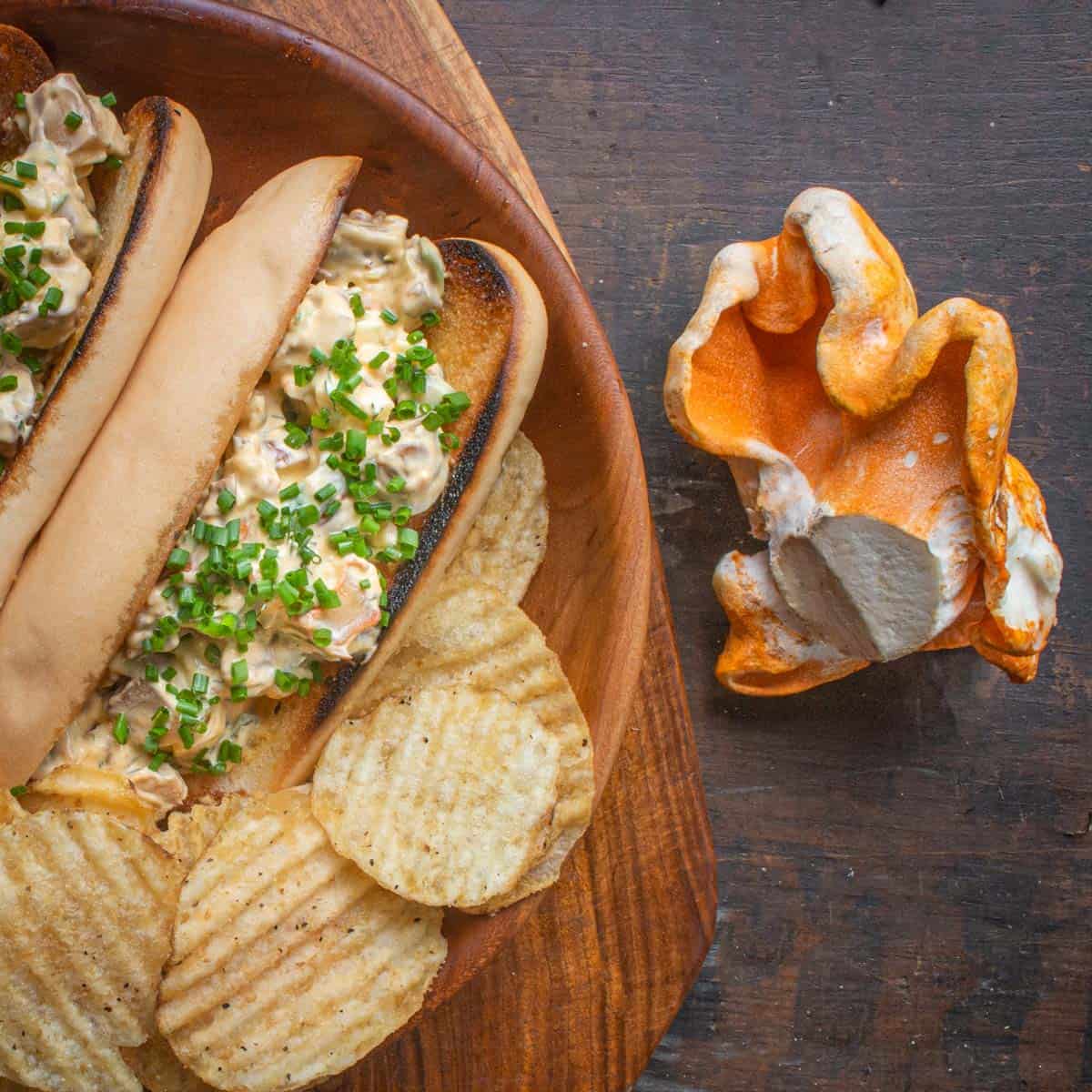

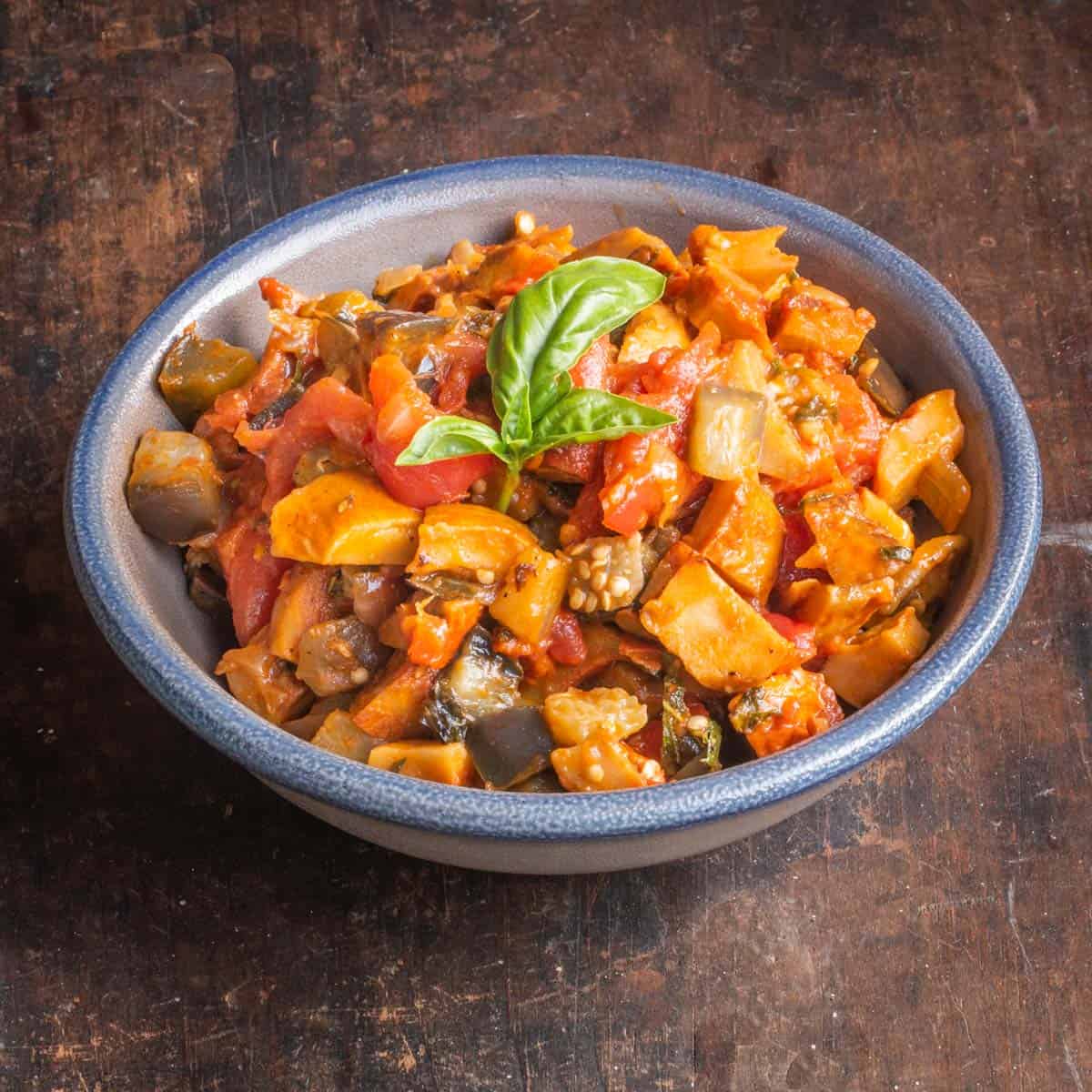

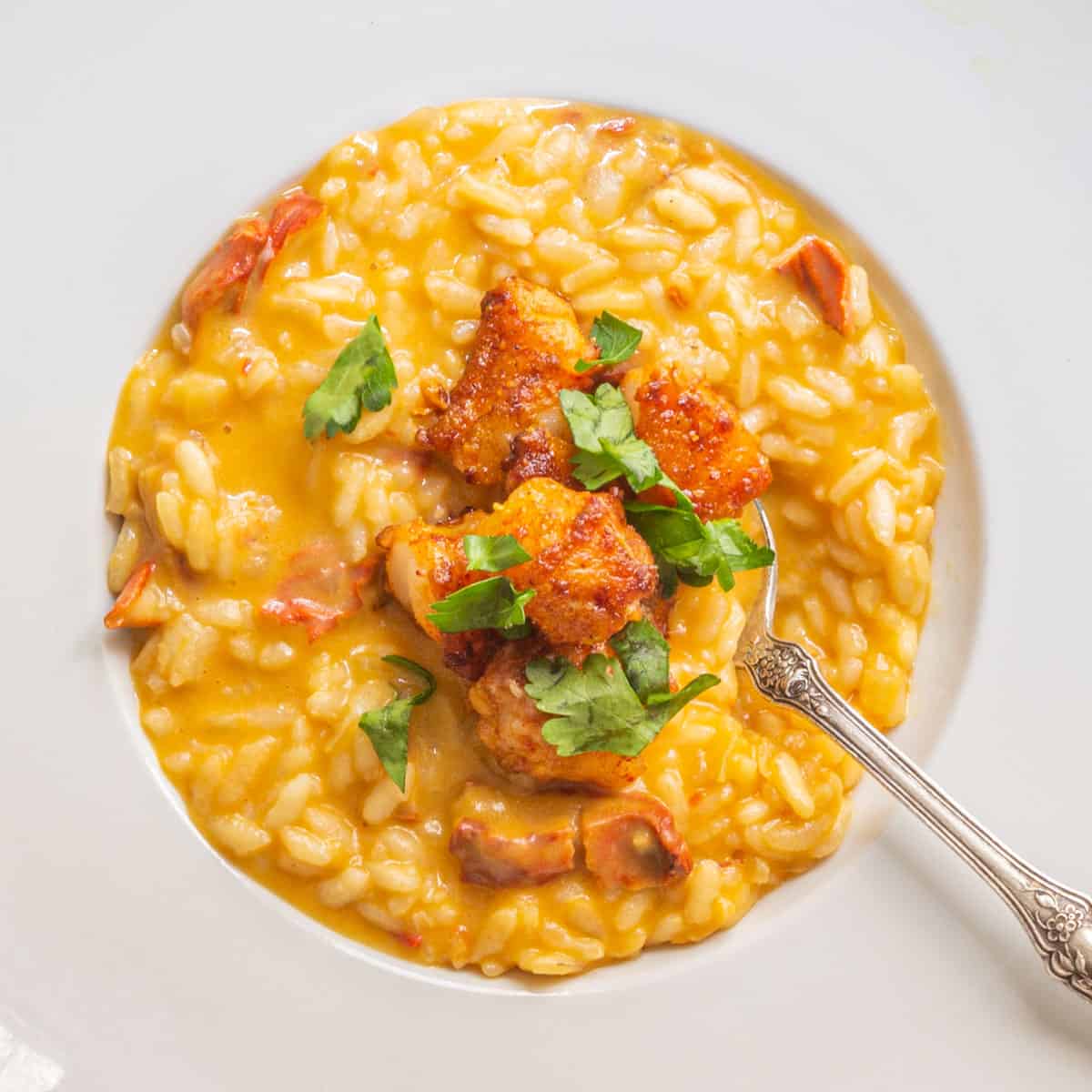
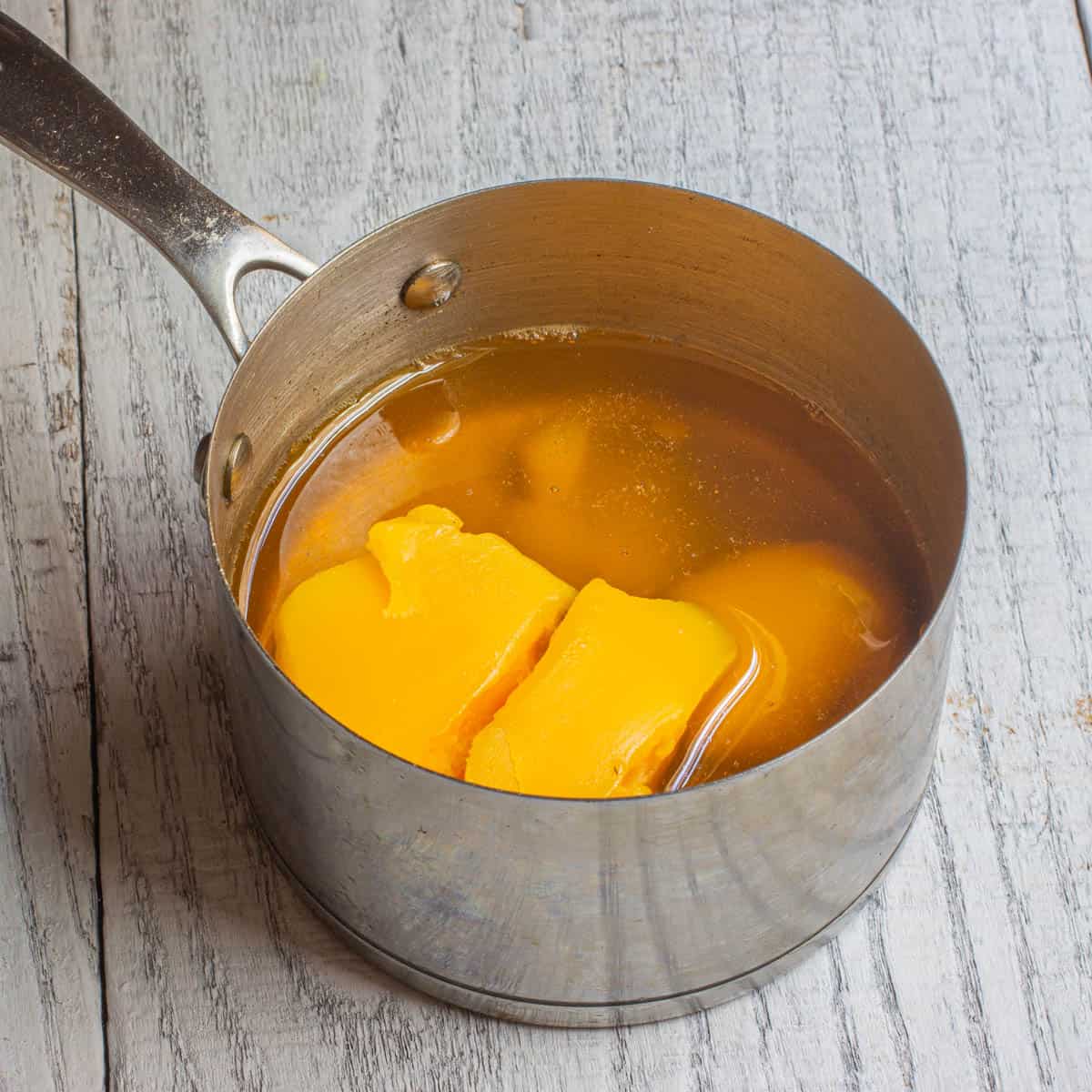
Cleaning lobster mushrooms and saving the trim
How do you clean lobster mushrooms?
This involves cleaning them since lobster mushrooms tend to trap much dirt in their concave-shaped caps and cracks. You must be gentle when cleaning these mushrooms to avoid removing their characteristic vibrant red color. The best way to clean them is to gently brush off any visible dirt with a dry brush or paper towel.
How do you preserve lobster mushrooms?
Drying is the best way to preserve lobster mushrooms. Lobsters can be vase shaped, filled with small creatures, dirt and rainwater. When picking, trim the dirty ends from the lobsters, use a dry brush to clean, then carve out the middle and any soft tissue using your knife. At home, wash the mushrooms with cold water, then dry on towels.
How do you cook lobster mushrooms?
Cooking: The next step in learning how to prepare lobster mushrooms is mastering the art of cooking them. These mushrooms can be sautéed, roasted, or even grilled. For a simple sauté, heat some oil or butter in a pan over medium heat. Add the mushrooms and cook for approximately 5-7 minutes, or until they’re tender and slightly golden.
How long do lobster mushrooms last?
Usually, 3-4 days is the max, in the refrigerator in a paper bag so they can breathe. Cleaning Lobster mushrooms can be frustrating, depending on the specimen’s shape. Lobsters with convoluted growth often gather dirt, pine needles, or leaves between their crevices that are difficult to remove.
